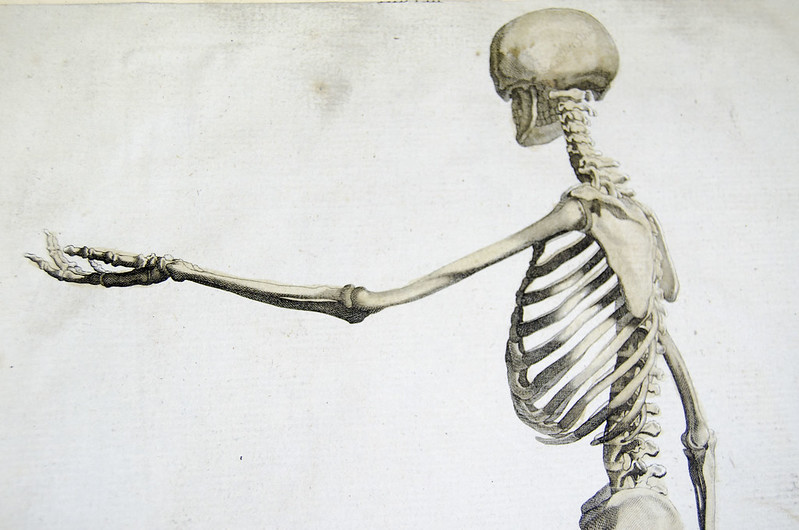In August of 2022, an initial excavation five years in the making was finally completed, as several pieces of a massive fossilized skeleton were uncovered from a Portuguese digsite. Starting in 2017, an anonymous Portuguese property owner living in Pombal, Portugal, was having construction done on his backyard when he realized that there were bone fragments sticking out of the ground that appeared to be fossilized. Correspondingly, the man quickly contacted local researchers, who started excavation in the area later that same year.
While the whole skeleton still remains to be found, some important parts of the axial skeleton have been found, including specifically the ribs, which are approximately 10-feet long, and vertebrae according to a statement by the University of Lisbon. The fossilized bones likely are that of a sauropod, a herbivore with a distinctively long neck and tail, along with specifically developed forelimbs, officially categorized to the Brachiosauridae family according to current theories by scientists. Based on both the location and other physical characteristics of the fossil, it is estimated that the creature lived between 160 and 100 million years ago, putting it in the Upper Jurassic to Lower Cretaceous periods.
Elisaete Malafaia, an employee of the Faculty of Sciences working as a paleontologist at the University of Lisbon in Portugal, has claimed in a statement to the Agence France-Presse that “It’s one of the biggest specimens discovered in Europe, perhaps in the world.” As such, and according to the aforementioned statement, the dinosaur was approximately 82 feet long and 39 feet tall based on the fossils uncovered thus far. However, it is unsurprising that the fossil was found in its specific location, as the Pombal region has a history of Late Jurassic vertebrate fossils, which has contributed greatly to the understanding of prehistoric life in the area.
Malafaia also has stated to CBS News that it isn’t that rare to find the ribs of a creature this size in their original positions, although “this kind of preservation is relatively rare for large-sized dinosaurs from the Portuguese fossil record and indicates particular and unusual environmental” features. Given what has already been uncovered, it is likely that more fossilized bones could be scattered throughout the area. Yet, the paleontologists on the project are not planning on returning for at least a year, as now the plan is to bring the fossils to a laboratory where sediment can be removed for further research and potential museum display.
This further analysis of the dinosaur bones is still in progress and little has been released thus far. However, there are several genera of the Brachiosauridae that have previously been discovered on the European continent that this find could be. This includes the Brachiosaurus altithorax, the Giraffatitan brancai, or the Lusotitan atalaiensis more typical to western Portugal.




















































